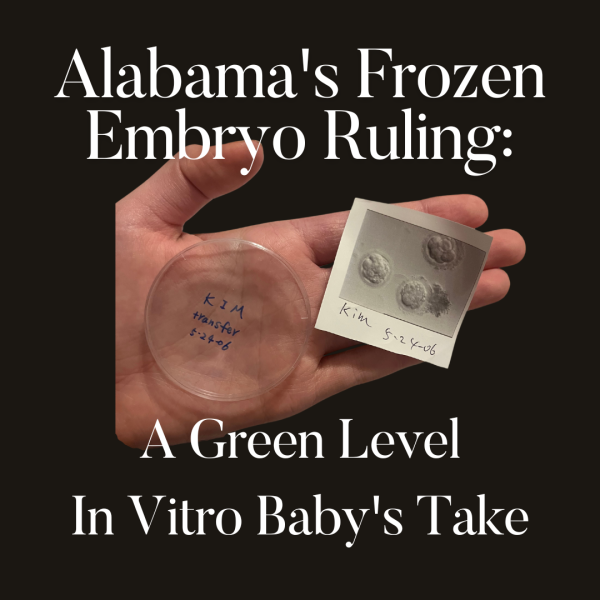Pineapple on Pizza: The Bigger Problem

The debate of pinapple on pizza is more complex than it seems.
We all know that there is a big debate on whether pineapple belongs on pizza, but there is a problem that is even bigger regarding pineapple on pizza. When pineapple is put on pizza, it is commonly called ‘Hawaiian Pizza’, which can be regarded as problematic because pineapples are related to the downfall of Hawai’i and for many Native Hawaiians, pineapples symbolize a dark time in their history.
The first part of the problem is pineapples are not even native to Hawaii, they are believed to have originated in South America, near present day Brazil. They arrived on the islands around 1770, brought by European and Spanish explorers. These pineapples would influence Hawai’i for many years to come.
One of the biggest known pineapple producers is Dole, and they were primarily responsible for the overthrow of Hawai’i. Sanford Dole, whose cousin owned what is now known as Dole Foods, played a large part in overthrowing Queen Liliʻuokalani and the Hawaiian Government.
During the 1700 and 1800’s many Christian missionaries from the U.S., such as the Dole family, traveled to Hawaii to spread their faith. But future generations of these missionaries were more interested in business and making economic gains. These businesses were mostly focused on sugar and other crops such as pineapples that could be easily grown on the islands. During the 1800’s these missionaries slowly chipped away at the Hawaiian government structure. And, the descendants of these missionaries formed an armed militia group who wanted to get the Hawaiian government out of the way, so they could run the country and profit even more from their businesses. This militia group was mainly made up of sugar farmers and pineapple farmers. They were led by Sanford Dole whose cousin James Dole, owned the Hawaiian Pineapple Company (Dole Foods today), which made up most of the pineapple industry in Hawai’i.
By 1893, the militia and their political counterparts were ready to take over the government. The group was led by Sanford Dole. At the time, the Hawaiian government was run by Queen Liliʻuokalani, who would be the first and last queen of the Hawaiian Kingdom. The militia was aided by the U.S. military, as they timed their overthrow with the arrival of a U.S. military ship. The arrival of the U.S. turned this overthrow into a military coup aided by a foreign nation.
They forced Queen Liliʻuokalani to give up her power by making her abdicate her position on the throne.
They chose Sanford Dole as the leader of the Republic of Hawai’i. Sanford Dole was a descendant of missionaries and his family was very big in the sugar and pineapple business. Locals on the island peacefully protested the military coup by signing a petition commending the takeover.
Sanford Dole advocated for U.S. takeover of Hawai’i during his visit to Washington D.C.. In 1898 the Spanish war began, and Pearl Harbor became a strategic base for the U.S., convincing congress to formally approve an annexation. And on July of 1898, the U.S. officially claimed Hawai’i as their own territory.
In 1959, Hawai’i officially became the 50th U.S. state, but the dark history of the pineapple industry in Hawai’i has been forgotten.
Also, many pineapple companies commodified Hawaiian culture to advertise their product. By the 1930’s, Hawaiian people were being depicted as a part of the product. Dole’s advertisements were reinforcing stereotypes, by making the Hawaiian people seem exotic. They also reinforced stereotypes of racial superiority of the white consumer over the native Hawaiians by putting a white consumer in the foreground, and often faceless Hawaiians in the background.
Today you can visit the Dole Pineapple Plantation on the Hawaiian island of Oahu. Admission costs $26 for adults, and $22 for kids. This admission includes a 3 acre maze, a narrated train ride through the plantation grounds and a garden with up close views of plants grown on the island. While visiting, it is important to remember how the pineapple affected Hawaiian culture, and their freedom.
As a society, we need to stop calling anything with pineapple ‘Hawaiian’, because for many it is synonymous with Hawaii’s downfall and the commodification of their culture. As for pineapple on pizza, that will forever be a controversial debate, but acknowledging the effects of calling it Hawaiian pizza are very important.

Amira Khare is a freshman who is excited to be on the The Gator’s Eye staff this year. She does cross country, and likes to play soccer. She also enjoys...














